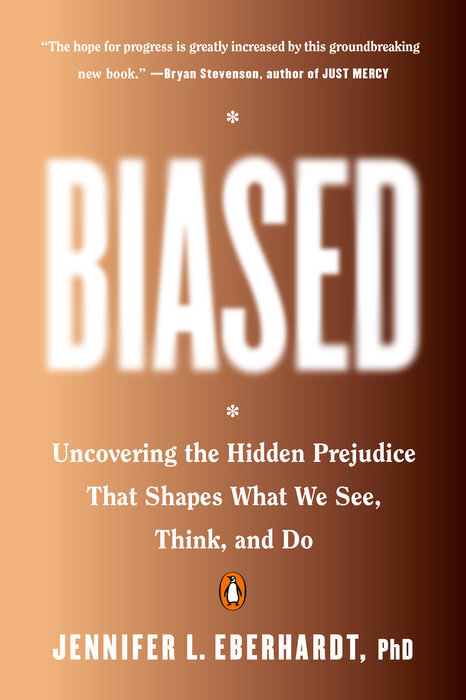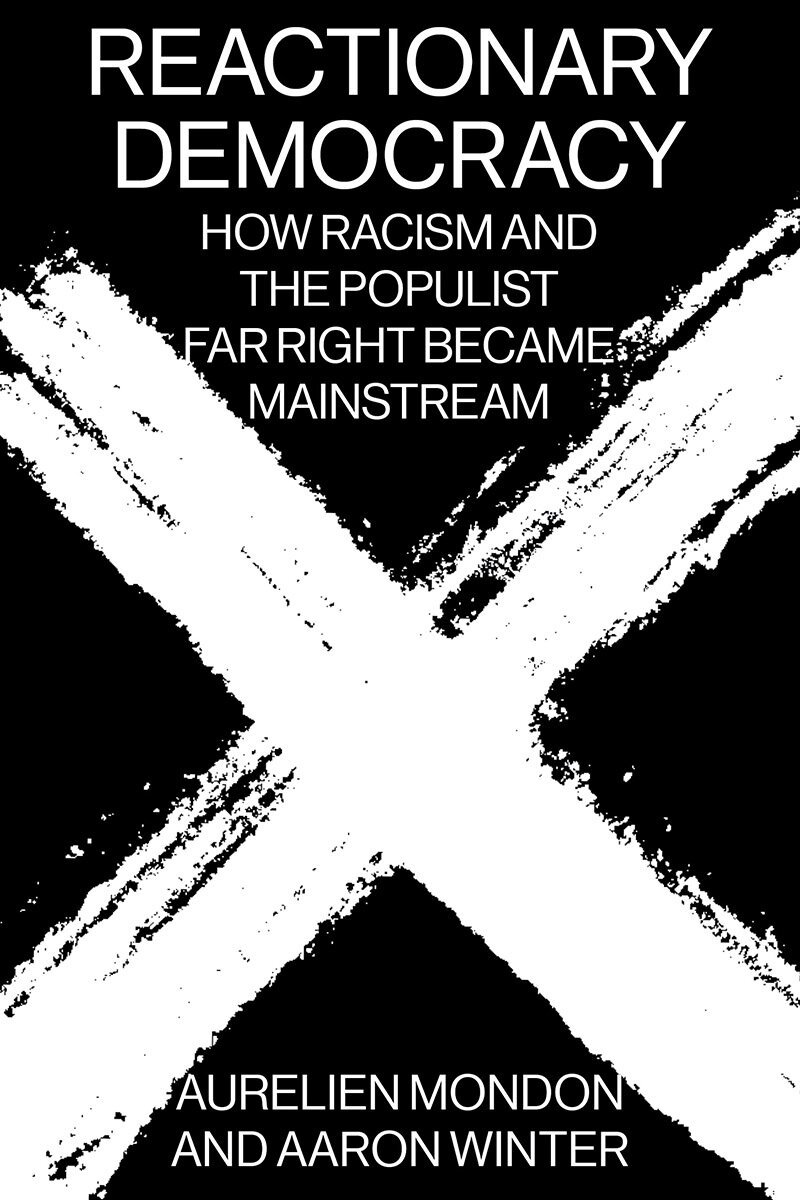Why Read Superior
Superior is a compelling mix of investigative journalism and science reporting. Angela Saini expertly connects the dots from the dark origins of racism to racist research that persists even in the face of scientific consensus rejecting the very concept of race. Her writing is engaging, the evidence shocking and the insidious ties to wider society most definitely alarming. An absolute must read that lays out how "Science is always shaped by the time and place it is carried out."
+ Review
Every part of your upbringing makes you believe that you are different.
This feeling of being different, yet belonging may be what motivates many of us to delve into our ancestry, even mobilising science to decode our genetic past. But what can science actually tell us about that? Pretty much nothing beyond what might be found in a typical family tree. Certainly not much about our racial identity. Race, like a family tree, belongs more to culture than to science.
In the book Superior: The Return of Race Science, Angela Saini explores what science tells us about race and, more importantly, what it does not. As she outlines in great detail, science can tell us about ancestry, but race, as we usually think of it, is not something determined by DNA. There is no gene that all members of a racial group, and only that group, share. There are some statistical relationships that arise through simple inheritance, but you cannot, for example, do a genetic test to determine skin colour. More than 90% of human difference exists between one person and the next, rather than between major population groups around the world.
Yet, in face of this, possibly driven by a need to prove their own superiority, there are still researchers toiling away at uncovering a scientific basis for race. Operating at the outer margins of science, Saini shows how this small group has little influence within the establishment, but surprising clout outside of it.
They have managed to build a thin veneer of scientific credibility that comes from getting published and cited almost entirely by publishing and citing each other.
The problem is not that race science creeps into mainstream science. The main journal the practitioners use has a very low impact factor, which is the measure of how often its papers are cited by others. The journal in question’s impact factor is less than 1, versus Nature, with an impact factor of about 40. That means that hardly anyone outside of this small group cites their work.
The problems arise when this work is cited by people outside of the scientific community. People who have no tools to judge the research other than by the sole criterion that it appears in a peer reviewed journal. It must be said that peer review is a criterion often offered up by scientists as a measure of credibility. Of course, those scientists know that the peers are key - who is reviewing the work. In this case, the race scientists are all reviewing their own work. There is no outside measure of credibility. Non-scientists, or scientists working in other areas, quote this work and point to the peer-reviewed journal in which it appears as evidence that the conclusions are properly “scientific.” Often with a political motivation.
Mainstream science does not escape. Studies that were never intended to be used as a basis for racial discrimination become judged and quoted that way. The effect is that mainstream science, in particular genetics, has had to become extremely careful about the lines of inquiry it pursues, lest the work become further ammunition for those who wish to, as Saini puts it, weaponize science. This has been seen by some as stifling inquiry.
Saini also argues that the very questions scientists ask can be part of the problem. This is particularly acute when the scientists are restricted to certain cultural or demographic groups, or when they are operating in a political environment that favours a particular ideology. That ideology may change, but the mark it leaves can persist in science for a long time. Anthropology gives us an example. In the ideology of the British Empire, the measure of a civilization’s advancement was against European benchmarks. Entire complex societies were labelled as “primitive.” Though mainstream anthropology has moved on, vestiges of the old thinking remain. Saini notes, “...highly sophisticated societies emerged independently elsewhere. This came as such a shock that some to this day still believe their cities were the work of aliens.” In other words, just because you or I cannot imagine building Machu Picchu and Nazca without machines does not mean that the Incans enlisted ET’s help. (History Channel, Ancient Aliens is not just pseudoscience, it is racist pseudoscience.)
There are many things we should learn from this. Not the least of which is that a lot of people do not understand the scientific process, no matter how much they might appreciate it. The messy, sometimes unfair way in which experiments proceed and the even messier ins and outs of scientific publishing and peer review, for example, are both issues that have come to the fore during the pandemic. This is not fun stuff to discuss. We prefer to think of science as a force for good, but as Superior shows time and again, science can be enlisted and weaponized towards undesirable political ends.
The good news is that we can turn to science to help us out of this quagmire. Science already shows that discrimination by race has no basis. In this way, it tells us that we need to change the conversation from one that uses race to describe a community, to the more accurate descriptors: marginalized, oppressed and underrepresented.
Secondly, at its most basic, science is inclusive. Or it should be. After all, participation requires only a belief that you can access the world accurately through your senses, and that questions can be answered by systematically gathering data. For hundreds of years, however, Western science has excluded entire communities, including women, Black, Indigenous and People of Colour. Partly due to this legacy, some of these groups remain underrepresented in science to this day. As new voices become accepted in science, the ideas upon which systemic superiority structures are built crumble. Good science will continue to add as many new voices as it can.
I want to end on Angela’s very personal answer to a question about stereotypes. The question asked what causes stereotypes to persist in society and whether there is any truth behind them. She said that, for the most part, all a stereotype does is gloss over a person’s individual qualities. And that when she meets a new person, she actively tries to see what is different about that person. What is unique and interesting and worth getting to know.
We conclude that, even though there are myriad ways we are different, we should all remember that we share a common origin. We share humanity and empathy, both of which are critical for progress in these difficult times.
-- Kirsten Vanstone, RCIScience Executive Director, with thanks to Dr. Ronald Pearlman, RCIScience Advisory Board
About the Book
Superior tells the disturbing story of how belief in biological racial differences persists in the world of science.
After the horrors of the Nazi regime in World War II, mainstream science turned its back on eugenics and the study of racial difference. The vast majority of scientists and scholars disavowed these ideas, yet some managed to survive in the way scientists thought about human variation and genetics. Dissecting the statements and work of contemporary scientists, Angela Saini shows us how, again and again, even mainstream scientists cling to the idea that race is biologically real.
As our understanding of complex human traits grows, the hope of finding simple genetic differences between “races” which might help explain differing rates of disease, poverty or test scores, or simply to justify cultural assumptions, stubbornly persists.
Superior is a rigorous, much-needed examination of the insidious and destructive nature of race science — and a powerful reminder that, biologically, we are all far more alike than we are different.
About the Author
Angela Saini is an award-winning British science journalist and broadcaster. She presents science programmes on the BBC, and her writing has appeared in New Scientist, The Sunday Times, National Geographic and Wired. Her latest book, Superior: the Return of Race Science, was a finalist for the LA Times Book Prize and named a book of the year by The Telegraph, Nature and Financial Times. Her previous book, Inferior: How Science Got Women Wrong, has been translated into thirteen languages. Angela has a Masters in Engineering from the University of Oxford and was a Fellow at the Massachusetts Institute of Technology.
+ Praise for Superior
“A well-argued, timely, sobering wake-up call for those who believe science is always objective and apolitical. Highly recommended for academic researchers, journalists, and general science readers alike.”
— Library Journal, Starred Review
“[A] brilliant critique of ‘race science’ . . . this is an important and, in an era of rising racial tensions, must-read book, especially for those most sure they do not need to read it.”— Publishers Weekly
“Superior: The Return of Race Science makes the compelling case that scientific racism is as prevalent as it has ever been, and explores the way such backward beliefs have continued to evolve and persist. And it couldn’t be more timely.”— Bitch
+ Find a Copy
We invite you to acquire a copy of Superior from your local library, or consider supporting local Black-owned bookstores in Canada.
















